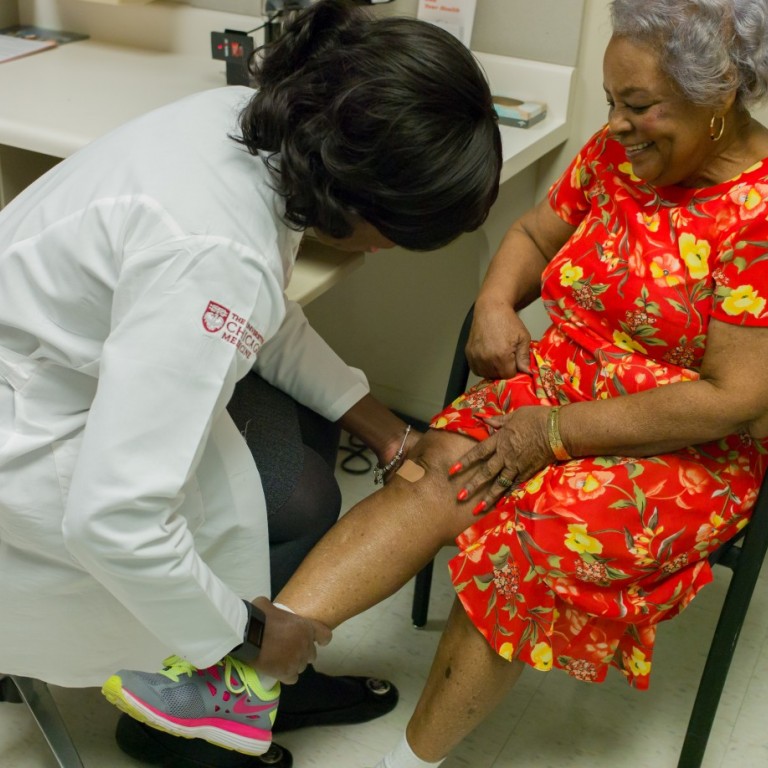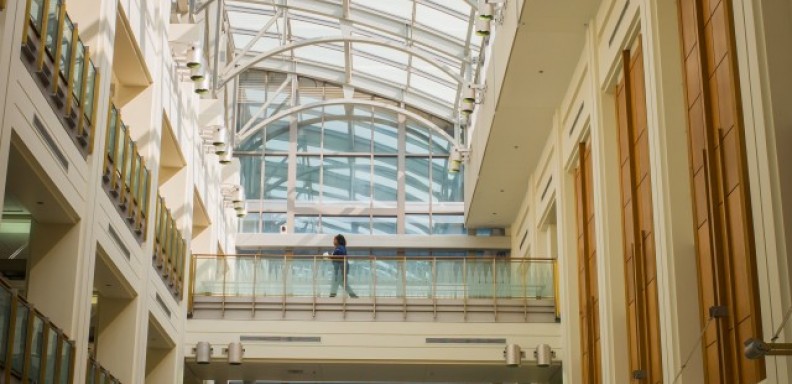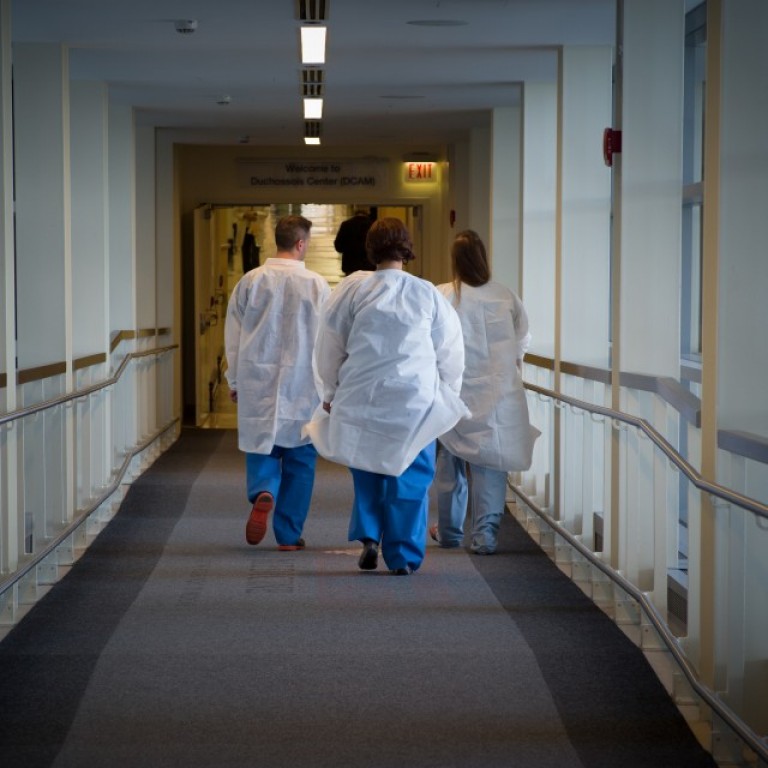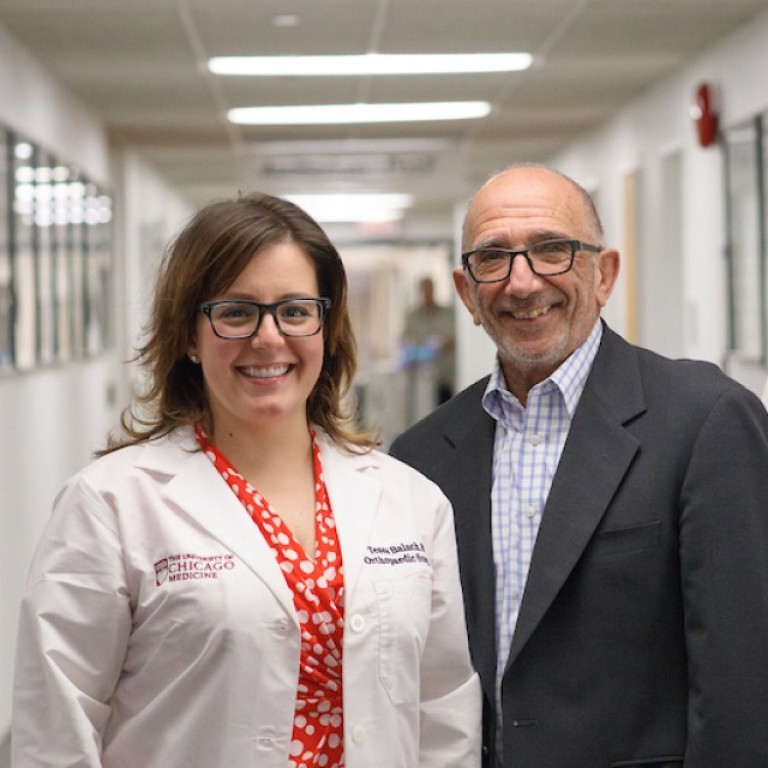Engineering bone tissue can significantly improve human health by restoring bone and skeletal tissue functions that have been compromised by diseases or injuries. Clinical problems that would benefit from engineered bone tissues include bone loss from fractures, non-healing fractures, and/or medical conditions such as tumor resections and infections. In fact, more than 1.6 million bone grafting procedures are performed annually in the United States alone. Since bone has a complex structure and its function requires well-orchestrated interactions between cells, the extracellular matrix, biomechanical forces, as well as gene and protein regulatory factors, successful regeneration of bone tissue requires a multidisciplinary approach involving the integration of materials science, stem cell biology, biomechanical sciences, and translational medicine. At the minimum, successful bone regeneration requires three integral components: osteoprogenitor cells, osteoinductive factors, and osteoconductive scaffolds.
Although many growth factors and signaling molecules play important roles in regulating osteogenic differentiation from mesenchymal stem cells (MSCs), bone morphogenetic proteins (BMPs) are among the most potent osteoinductive factors. Originally isolated as proteins that induce bone and cartilage formation in vivo, BMPs belong to the transforming growth factor β (TGFβ) superfamily and function as multifunctional regulators of proliferation and differentiation during development. The bone regeneration that occurs during fracture repair progresses through sequential phases similar to endochondral ossification, and it is generally postulated that osteogenesis is a sequential multistep cascade that recapitulates most, if not all, of the cellular events that occur during embryonic skeletal development. In 2001, the FDA approved recombinant BMP7 (marketed as OP-1 by Stryker Biotech) under the Humanitarian Device Exemption, for use in long bone non-unions and for recalcitrant non-unions. In 2004, the FDA approved recombinant BMP2 (marketed as Infuse by Medtronic Sofamor Danek) for treating open tibial shaft fractures (but not for use in non-unions).



